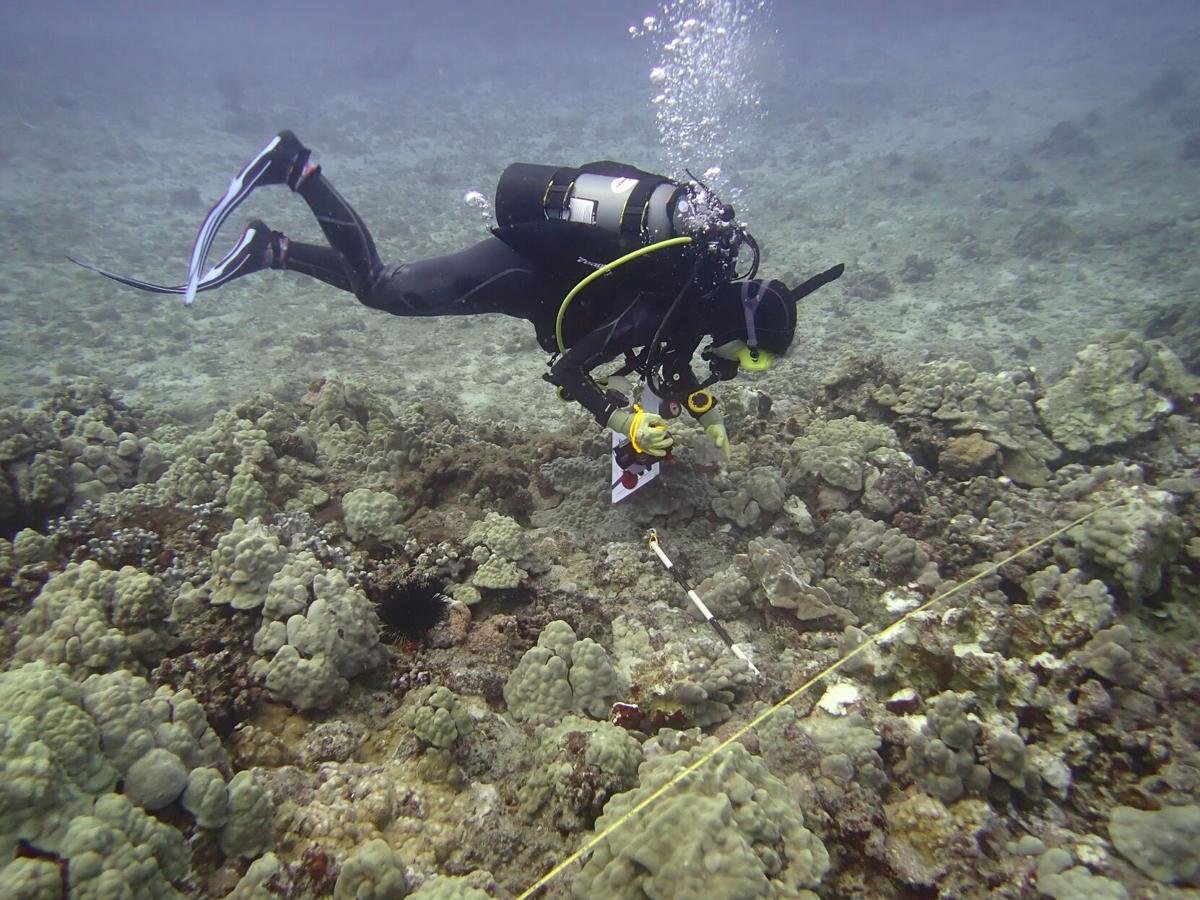Investigation underway following Kewalo Basin reef damage caused by boat anchor

A dive team from DLNR Division of Aquatic Resources (DAR) started its investigation
By Kayli Pascal-Martinez
Click here for updates on this story
HONOLULU, Hawaii (KITV) — Following up on the recent damage done to the coral in Kewalo Basin that was caused by an anchor, a dive team from DLNR Division of Aquatic Resources (DAR) started its investigation.
Crews began taking measurements of the damaged reef and counted the number of individual coral that was damaged by an anchor that was dragged across it. Following the dive, biologists determined that the damage was recently done due to the fresh white coloration of the coral skeleton that was exposed.
“We did find two scars that looked like they were likely from an anchor drag. They’re about 80 feet in length. There were some damaged corals, ranging from ones that were broken off the hard bottom, as well as some corals that were fragmented, or broken into pieces. There also was scraping on some coral colonies that were still attached,” said Kim Fuller, a DAR aquatic biologist who led the dive team.
The team tallied the numbers, sizes and species of corals, some of which they were able to put into upright positions. Fuller explained that putting overturned coral in an upright position would help the living tissue ensure its resilience and longevity for future restoration efforts in the area.
Of 200 corals that were impacted, the team righted 74 coral. Long-term remediation is still being assessed to ensure that the site is a suitable habitat for restoration.
“This area is an important habitat for marine life and serves as a popular recreational dive site. With all of the stressors facing corals, boaters must be vigilant about avoiding coral damage,” said DAR Administrator Brian Neilson.
The damage at Kewalo Basin is relatively small-scale compared to the large-scale impacts that DAR biologists have dealt with for decades. However, Officials say that the site could still take years to recover.
The DLNR Division of Conservation and Resources Enforcement (DOCARE) has opened an investigation to identify the vessel that may have caused the damage at Kewalo Basin.
Please note: This content carries a strict local market embargo. If you share the same market as the contributor of this article, you may not use it on any platform.